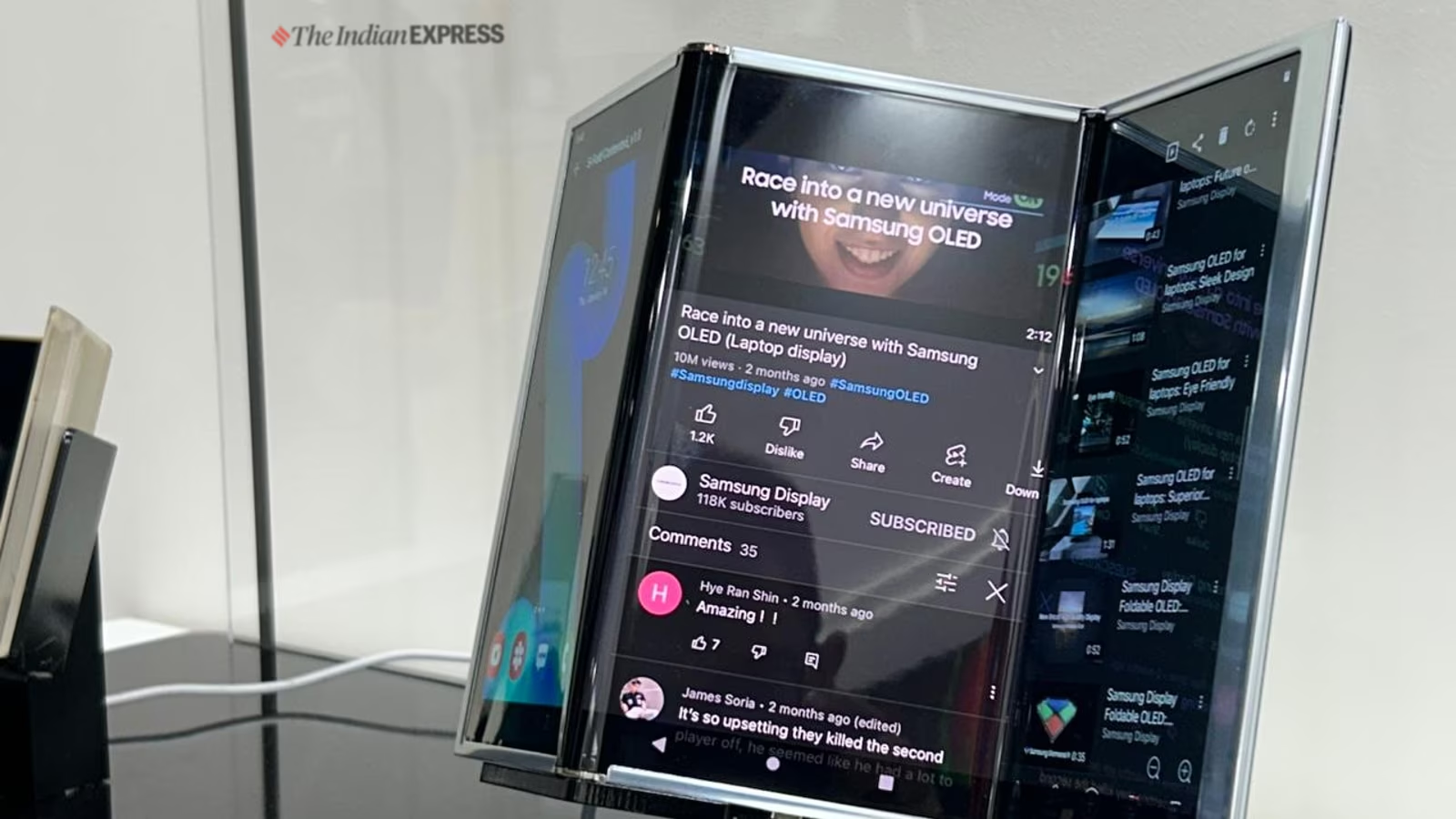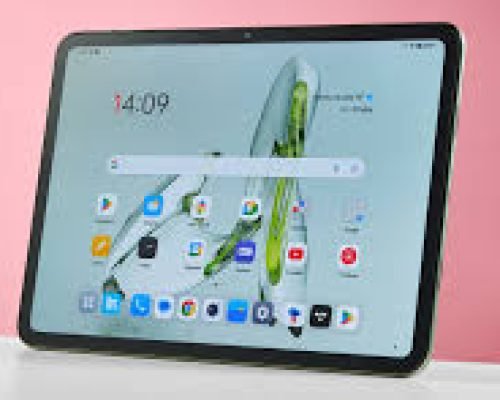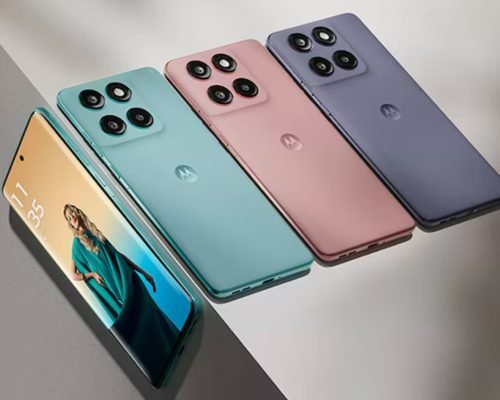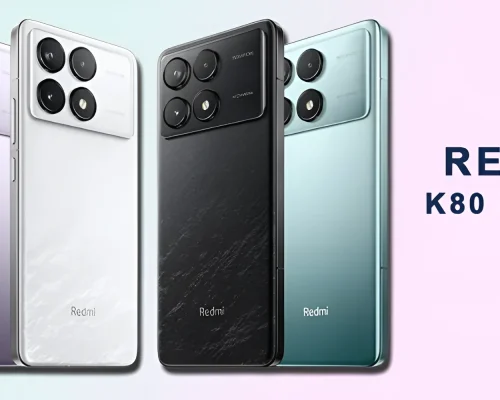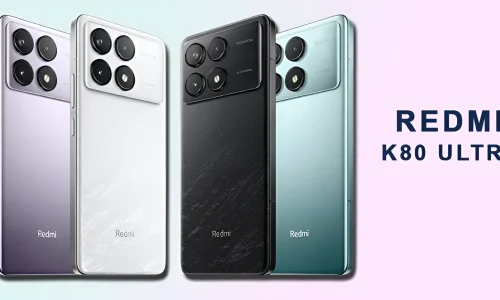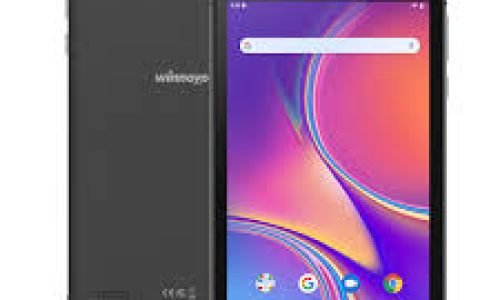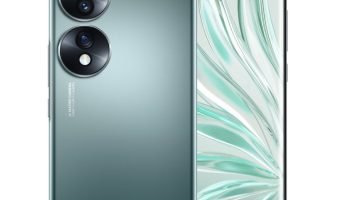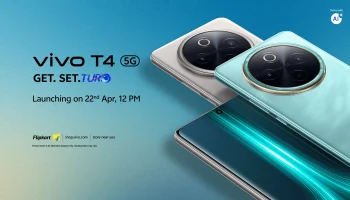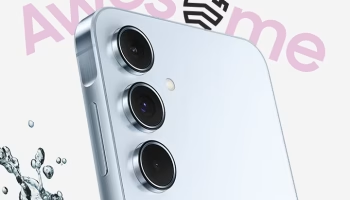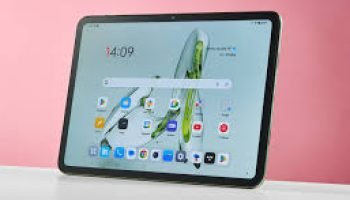Smartphone innovation in 2025 is reaching a turning point, and nowhere is that more evident than in the rapid evolution of foldable devices. Once considered experimental and niche, foldables are now carving a mainstream path — and the latest trend? Tri-fold smartphones.
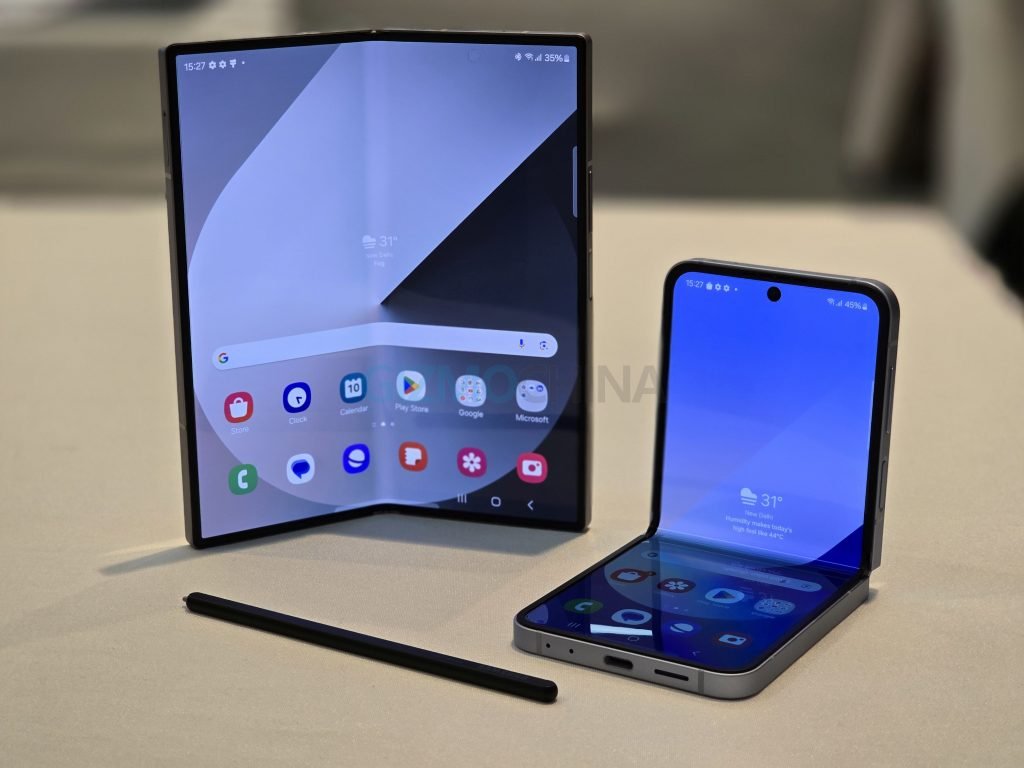
Huawei made headlines this year with the release of the Mate XT Ultimate Design, the world’s first commercially available triple-foldable smartphone. With a fully extended 10.2-inch 3K OLED display, this futuristic device is blurring the lines between smartphones, tablets, and even laptops.
A Glimpse at the Technology
Traditional foldables — like the Samsung Galaxy Z Fold or Motorola Razr — hinge on a single folding mechanism, turning a phone into a compact tablet or vice versa. Tri-fold devices take this a step further with two hinges and three display panels, allowing for multiple configurations. Users can fold it twice to fit in a pocket, unfold it once to use like a regular phone, or fully expand it into a full tablet-like screen.
Huawei’s engineering marvel integrates flexible OLED technology, ultra-durable hinge systems, and reinforced materials to make the complex folding experience both seamless and resilient. This advancement showcases just how far we’ve come since the early days of clunky, fragile foldables.
Why Tri-Fold Matters
What makes tri-fold phones more than a novelty? Versatility and productivity.
For professionals, having a device that can morph into a full-screen workspace means ditching tablets and laptops for many tasks. For gamers and media consumers, the expansive display makes portable entertainment far more immersive.
Add in multi-window support, stylus compatibility, and AI-powered split-screen multitasking, and suddenly, a smartphone is no longer just a phone — it’s a pocket-sized powerhouse.
The Design Challenge
Creating a tri-fold phone is no small feat. The engineering complexity increases exponentially with every hinge. Manufacturers must ensure durability, screen protection, battery efficiency, and still maintain a sleek form factor.
Huawei, Samsung, and other OEMs are reportedly investing in second-gen flexible glass, self-healing polymers, and water-resistant hinges to make these phones practical for daily use.
Are Consumers Ready?
There’s no denying the wow factor of a tri-fold device, but price and durability concerns remain barriers for mainstream adoption. The Mate XT Ultimate is priced at a premium, targeting tech enthusiasts and professionals.
However, as production scales and tech matures, analysts predict more affordable models from companies like Xiaomi, OnePlus, and Oppo by the end of 2025.
What Comes Next?
The evolution won’t stop at tri-folds. Concepts for rollable screens, slide-out displays, and even shape-shifting e-ink hybrids are already in development. But in the near term, the tri-fold smartphone is likely to become the pinnacle of mobile flexibility.
Final Thoughts
Tri-fold smartphones aren’t just a gimmick — they’re a bold step forward in the convergence of phone, tablet, and PC functionality. As 2025 unfolds, expect to see more of these flexible marvels in stores, in hands, and in the spotlight.
Foldables have finally grown up, and the tri-fold revolution is just beginning.
